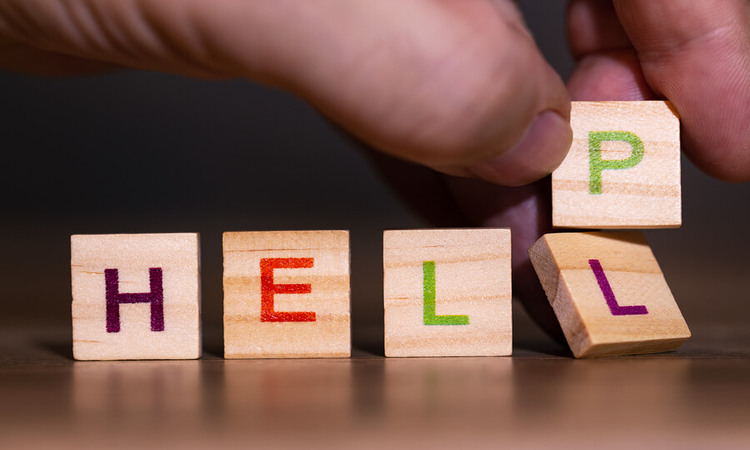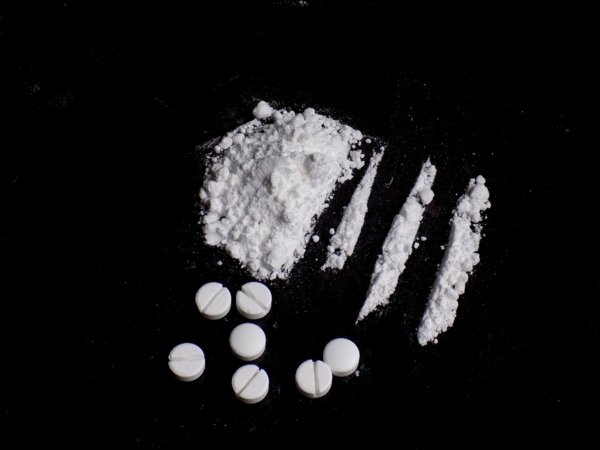
According to the American Society of Addiction Medicine (ASAM), addiction is a chronic brain disease that impacts the brain’s reward, pleasure, memory, and motivation centers. Like most chronic diseases, it does not just come out of nowhere. Often, it takes a set of unfortunate circumstances that cause a person who would typically avoid substance abuse to be dragged into a vicious cycle of addiction.
Moreover, the process of developing an addiction tends to occur over a series of stages and often turns into a cycle of substance abuse, treatment, abstinence, then relapse. The stages of addiction can occur over a brief period or can take months or years to develop. A person who only drinks on occasion may, over the years, progress into a habit that eventually begins to resemble full-blown alcoholism.
The Stages of Addiction
The addictive potential of some drugs, such as heroin, may be so powerful that a nearly immediate addiction may appear to develop. However, for the majority of people suffering from addiction, there are stages of substance abuse that lead to the person becoming addicted.
These stages include the following:
1. Initial use
2. Abuse
3. Tolerance
4. Dependence
5. Addiction
6. Relapse
Stage 1: Initial Use
There are many reasons why a person who ends up suffering from addiction might experiment with the substance initially. This introduction could be as innocuous as receiving a prescription to treat pain or a mental health issue, as typical as having the first alcoholic drink at age 21, or as unfortunate as being the target of peer-pressure. No matter how the first use occurs, it is always the first step in the cycle of addiction.
Whether that first use is likely to result in addiction is mostly a matter of a person’s biology, upbringing, mental health, experiences, and other individual circumstances. Factors that can contribute to a higher risk of developing addiction include the following:
- Having a family history of substance use or other mental health conditions
- Experiencing childhood abuse or neglect
- Chaotic or unhealthy living environment
- Family or peer group that is acceptive toward substance use
- Depression, anxiety, social problems, or loneliness
It is important to note that even these risk factors won’t necessarily lead an at-risk individual to develop a substance use disorder. Many other factors may contribute, including the person’s moral code, which may prevent him or her from trying drugs or alcohol in the first place.
Stage 2: Abuse

The next stage of the cycle of addiction is substance abuse. At this point, the person is using the substance repeatedly and inappropriately and in a potentially harmful way. For example, it would constitute abuse if a person who is using a prescription painkiller decides to ingest higher doses or take the medication more often.
For illegal drugs, such as meth or heroin, abuse technically occurs the first time, and every time after that, a person uses the drug. With legal substances like alcohol or prescription medications, abuse is a little more challenging to recognize. For example, it’s not uncommon for people who are not alcoholics to have “one too many” now and then. For this reason, it may not be evident to the people around a person dependent on alcohol that this is indeed the case.
In the end, the keystone of any addiction is the compulsive need to engage in behaviors that center around substance abuse or a certain activity. Furthermore, this behavior continues despite the incurrence of adverse consequences in one’s life, such as broken relationships and legal and financial difficulties.
Stage 3: Tolerance
When a person has been using a substance chronically, this results in unhealthy changes in the brain. Tolerance is a condition in which the original dosage of the substance no longer induces the same mental or physical effect. As a result, the person may increase the dosage or frequency of use to try to achieve the initial results.
Tolerance indicates that the neurochemistry of the brain has been altered in response to the use of a substance. Over time, the person’s brain adapts and changes how it reacts to the drug’s presence. Continued abuse and increasing tolerance will lead to the next stage in the cycle of addiction—dependence.
Stage 4: Dependence
Dependence is a physiological state or condition in which the body requires exposure to some substance to function “normally.” For instance, a person who has been abusing meth or cocaine for an extended period may find it difficult to experience pleasure without the drug (anhedonia). With dependence also comes withdrawal—unpleasant symptoms that manifest when the person tries to quit using the substance or dramatically cuts back.
Not all drug dependence indicates that there is an addiction, however. For example, a person with ADHD may be dependent on Adderall to perform competently at work or school. However, this is not necessarily an addiction, but a legitimate therapeutic means to an end. Unless the person exhibits the following criteria for addiction, they are considered to be dependent upon, but not addicted to a substance.
Stage 5: Addiction

Addiction is a chronic mental health disorder that results in specific symptoms and behaviors that, according to the Diagnostic and Statistical Manual (DSM-V), include the following:
- Drinking more alcohol or using more of the drug than initially planned
- Failure to stop using the substance
- Experiencing strained relationships related to substance use
- Spending a considerable amount of time obtaining, using, and recovering from substance abuse
- Decreasing participation in previously enjoyed activities in favor of substance use
- Being unable to attend to personal responsibilities due to substance use
- Cravings for the substance
- Continuing to use the substance despite adverse health effects
- Routinely using the substance in dangerous or inappropriate situations, such as while driving
- The development of tolerance and dependence
- Experiencing withdrawal symptoms when use is discontinued
In general, experiencing two or three of these symptoms is considered a mild substance use disorder, while experiencing four or five them is considered to be a moderate disorder. If the person experiences six or more of the symptoms, this is indicative of a severe substance use disorder or addiction.
Stage 6: Relapse
A hallmark of any chronic disease is the potential for relapse. For other lifelong conditions, such as diabetes, relapse is often anticipated. For this reason, the patient must cooperate with a health provider who will devise a treatment plan that will make it possible to manage the condition.
Addiction is not much different from these conditions. Indeed, relapse rates for addiction—on average, 50%—resemble those for asthma and adult-onset diabetes. Sometimes, the initial treatment is not adequate, or the person begins by trying to quit without professional help, and eventually, the person loses control and relapses to drug use. However, relapse does not necessarily mean that the person has failed, only that the treatment being implemented needs adjustment.
Intervening in the Cycle
An individual may undergo multiple attempts to discontinue using a substance before acknowledging that addiction is a factor preventing them from quitting. When addiction is diagnosed, however, it is possible to disrupt this cycle of addiction, abstinence, and relapse by receiving professional, evidence-based treatment.
Through behavioral therapy, counseling, and group support, a person can develop the skills they need to manage this chronic, debilitating condition. With motivation and the help of an experienced and certified addiction specialist, individuals can learn how to intervene in the cycle of addiction. Individuals can march forward into abstinence and a more positive, healthy future.
Contact Recovery By The Sea today to discuss treatment options and begin your journey to reclaim your life, free from substance abuse and addiction!
READ THIS NEXT: Types of Addiction